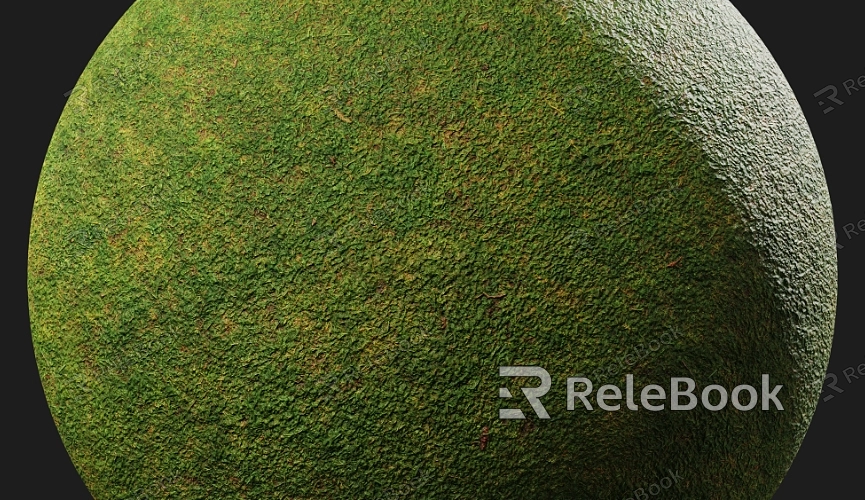Applying Grass Texture in Maya
Grass texture is a type of 3D texture, and Maya is a powerful 3D modeling and animation software that allows the application of various textures on 3D models or virtual scenes to enhance details and realism. Below, we'll introduce techniques on how to apply grass texture in Maya to simulate the appearance of grass or other vegetation.

One: Prepare the Model
Before starting, ensure you have a suitable model, which could be a ground, lawn, or any object that requires the application of grass texture. Make sure the model's UV mapping is completed for better texture application.
Two: Import Grass Texture
1. Open Maya and load your model.
2. Enter the "Hypershade" editor, which is Maya's node editor for creating and editing materials.
3. In "Hypershade," click "Create" > "Textures" and choose "File" to create a file texture node.
4. In the file texture node properties, select your prepared grass texture image file. High-quality 3D grass texture resources can be obtained from Relebook.
Three: Connect Texture to the Model
1. In "Hypershade," create a "Lambert" or "Phong" material node, then connect the grass texture to the "Color" input of the "Lambert" or "Phong" node.
2. Connect the new material to your model. You can select the model in the view, right-click on the material, and choose "Assign Material to Selection."
Four: Adjust Texture Mapping
1. In Maya, switch to the "UV Texture Editor" and adjust UV mapping to ensure the grass texture correctly maps to the model's surface. You can scale, translate, and rotate UVs to fit different parts of the model.
2. In the "File" node properties in "Hypershade," ensure the texture's repeat and filter options are set correctly to avoid texture distortion and aliasing effects.
Five: Adjust Material Properties
1. In "Hypershade," select the material node and adjust material properties such as reflection, refraction, transparency, etc., to add realism to the grass.
2. You can control the shininess of the grass surface by adjusting parameters like "Specular Color" and "Specular Roll Off" in the material node.
Six: Render and Preview
1. In Maya, switch to "Render View" or use a renderer for the final render, and observe the effect of the applied grass texture.
2. Adjust lighting and render settings to ensure the grass appearance aligns with your design and scene requirements. Fine-tune parameters for a more realistic render.

